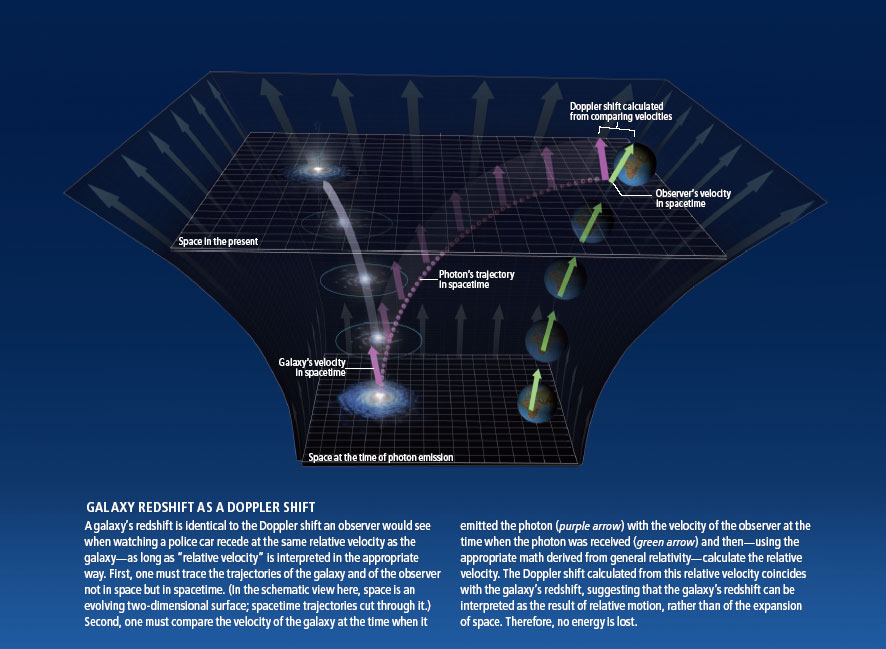Last week, Christopher Beam published an article in Slate called The case for getting rid of tenure. Tenure at US universities is a pretty strange system. The rest of the workforce gets regular performance evaluations, which if unsatisfactory can lead to the worker being fired. For college professors, there is in effect just one such performance evaluation. Since it happens just once, the stakes are extremely high when it does come.
I think there’s a sensible case to be made against the tenure system, but at least some of Beam’s points are frankly kind of silly, starting with his first substantive argument:
As tuition climbs and universities struggle to pay their bills, tenure is starting to look unaffordable. Keeping a professor around indefinitely€”tenure means they can’t be forced to retire€”simply costs a lot … University debt jumped 54 percent last year, with an average debt of $168 million. If the average university tenured about 15 fewer professors, they’d be in the black.
In short, if colleges paid fewer salaries, they’d have more money. That’s certainly true, but of course it’s not all by itself an argument. Those tenured folks teach classes, conduct research, and generally do the things that professors are supposed to do. The above is only an argument against tenure if tenured people do this job, on average, worse than the people you could hire for the same amount of money in an alternative, tenure-free system. Maybe that’s true, but it’s certainly not obvious. In particular, tenure is a non-monetary job benefit. If you get rid of it, you’re going to have to offer other incentives, probably higher salaries, to compete for qualified workers.
Next:
Tenure committees claim to weigh publishing and teaching equally, but in practice publishing counts most.
There are two points in response to this: First, it’s all too true at some places but not at others. I actually chose to look for jobs at small undergraduate colleges precisely because they value teaching as well as research. In order to get tenure, I was evaluated on both, and both were regarded as comparably important.
Second, even to the extent that this is a problem, it’s not directly related to the tenure system. Whether tenure exists or not, there’ll still be some system by which faculty are evaluated and rewarded. If that system doesn’t value teaching, then faculty will not have an incentive to put effort into teaching. That’s true whether the reward system is tenure, or renewal of fixed-term contracts (one of the main alternatives to tenure people talk about), or something else.
After a while, Beam gets to what most people regard as the main point of tenure: the academic freedom argument.
Once a professor gains tenure, the thinking goes, he or she can say anything without fear of being fired. Academia thrives on the circulation of dangerous ideas. The problem is, for every tenured professor who’s liberated at age 40 to speak his mind, there are dozens of junior professors terrified to say anything the least bit controversial, lest they lose their one shot at job security for life. Academia relies on young scholars to shake things up. Yet tenure incentivizes them not to. Instead, it rewards students who follow in the footsteps of the elders whose favor they will require when the day of judgment arrives.
I’m not sure what I think of this. The meme that academics need to be free to express heretical new ideas is much more resonant, I think, in the humanities than in the natural sciences. In my own field, I don’t see a big problem with people being scared to publish or speak about their work because it’s radically different from what the old folks are doing. But maybe it is a problem in other fields.
Here, too, it’s not clear that tenure is the problem, though. Whatever system you have, young folks are going to be evaluated by old folks. If the old folks really are hostile to the radical innovations of the young folks, then those innovations are going to be disincentivized by whatever system of rewards is set up.
Here’s another instance of the same error:
Tenure can also discourage interdisciplinary studies, since professors are rewarded for plumbing deep into an established subject area rather than connecting two different ones.
Once again, this is a (possibly valid) critique of what universities value, but not of the specific system they use to reward the things they value. You can imagine systems with tenure that reward interdisciplinarity, and systems without tenure that don’t.
He does make a couple of points that I think are valid in principle:
Just as tenure creates economic inflexibility, it also creates intellectual inflexibility. By hiring someone for life, a school gambles that his or her ideas are going to be just as relevant in 35 years.
…
Critics say that tenure hurts students by making professors lazy … If you can’t be fired, what’s to stop you from refusing to teach an extra course?
The second one, in particular, is the one that sounds the most persuasive to a lot of people: “Those lazy tenured professors, they never do any work!” There certainly are people in that category (no, I won’t name names), but in my experience they’re actually not all that common. For one thing, universities usually have a variety of ways (salary increases and other perks, etc.) to incentivize people to do good work. For another thing, most academics are primarily motivated by some combination of a genuine love of their work and a desire for respect from their peers, both of which keep them working after tenure.
Although I think Beam’s article is largely silly, I actually do think that the current system would benefit from a significant reworking, mostly to make it more flexible. At the moment, the system for a junior faculty member involves a rigidly set up “clock” leading to tenure at a specific time, usually at an age in the late 30s. In a world with many two-career couples trying to start families, the rigidity of this system is a big problem (more for women than for men, but it’s not great for either sex).
At the end of his article, Beam actually recommends a system with tenure but with more flexibility. I think he’s right about that, even though I don’t think that it would have any effect on most of the “problems” he discusses in the rest of the article.

